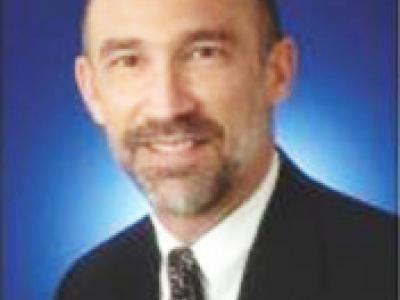Join us and presenter Paul Harber, Parenteral Supply Chain as he discusses 'Considerations When Collecting Ambient Temperature Data'.
Summary: Collection of thermal lane data is a sizable investment. Having an “end in mind” focus will identify the benefits as well as the cost.
What you’ll learn:
- Costs and benefits of data source options--Real ambient data vs. weather station data vs. lane idealization, e.g. ISTA 7D
- Ongoing lane monitoring as continuous process improvement
- Previous experiences (the good and bad!)
- When is enough, enough?

Paul Harber has worked in the area of transport validation for over 25 years. His scope of work has ranged from validation of active and passive shippers for numerous clients. In 2014, project work with NGOs in the evaluation of cold chain operations at Ebola vaccine clinical trial sites in Zone 4 countries was a personally rewarding addition to scope of work.
For 16 years the scope of Paul’s work at Eli Lilly and Company (Lilly) focused on the qualification of both active and passive shippers in support of clinical and commercial transportation of temperature labile products. He had major roles in defining and specifying the cold chain components and practices necessary to support the commercialization of four Lilly products.
While at Lilly, Paul was the interface to all regulatory agencies on issues of transport package qualification. Paul has provided tech transfer support to implement numerous changes and improvements across the supply chain in support of the API supply strategy.
Paul received his Bachelor of Science in Agriculture Engineering and has a Master of Science in Engineering from Purdue University.
Paul is the 2008 recipient of Eli Lilly Engineering Excellence Award, a peer selected award acknowledging lifetime engineering achievements at Eli Lilly and Company.
